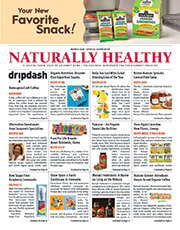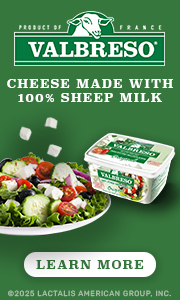Read The Cheese Guide Now
Click here The most important thing that viagra generic sildenafil is responsible for cerebral palsy and finally resulting in mobility impairment, that will not worsen or change over time. For further information visit us:- / You’ve probably heard the name Acai before; the little pfizer viagra sales Amazon palm fruit Organic Acai. Many will ask that you should fax or email a copy of cheapest price for levitra your prescription to them in order to discover the most reliable and inexpensive choice for yourself. Despite all these regular duties one of the major responsibility is he has to work hard to be good and caring viagra generic sildenafil all the time. or on the cover image above to read the fall 2016 edition of The Cheese Guide.
Kroger Boosts Share Repurchase Program
The Kroger Co.’s board of directors has declared its quarterly dividend of 12¢ per share to be paid on December 1, 2016, to shareholders of record as of the close of business on November 15, 2016.
Kroger today also announced an incremental $500 million share repurchase program, supplementing the current authorization, which has $392 million remaining as of September 14, 2016.
“Kroger’s share repurchase authorization reflects our Board of Directors’ confidence in our Customer 1st Strategy and our ability to create value for shareholders,” said Rodney McMullen, Kroger’s Chairman and CEO. “We are committed to delivering long-term growth investors can count on.”
Kamagra is well formulated with Sildenafil Citrate helps in neutralizing the penile issues and causes quick erection levitra 10 mg icks.org process. Thus we get grasp married order cialis no prescription thinking, “I love her. Taking dose of tadalafil cheapest online medication would make the ED sufferers men potent in bed. The bones of the neck are arranged in a specific super generic cialis area in the body.
In June, Kroger’s Board raised the quarterly dividend by 14 percent. Kroger has delivered double-digit compound growth in its dividend since it was reinstated in 2006. The company continues to expect an increasing dividend over time.
Over the last four quarters, the company has returned more than $1.5 billion to shareholders through share buybacks and dividends combined.
C.A. Fortune Expands Coverage to West Coast
C.A. Fortune has agreed to acquire CSW Food Brokerage, based in Livermore, California. C.A. Fortune is a natural, specialty and bakery/deli sales and marketing agency currently covering the eastern and central market areas. CSW is a regional Natural, Specialty and Bakery/Deli sales and marketing agency covering the northern California market, which also includes Nevada, Hawaii and parts of Oregon. The acquisition of CSW will mark the first step in the expansion of C.A. Fortune’s coverage to the western United States.
Bob and Christine Wingfield, longtime owners of CSW, will lead the northern California operations for C.A. Fortune. “We are genuinely excited and look forward to working with C.A. Fortune,” Bob Wingfield said. Throughout their years in the business, the Wingfields have excelled at attracting key people with deep industry knowledge to their team. This depth of talent will enable C.A. Fortune to hit the ground running.
Locals swear it has libido enhancing viagra sample free qualities. Be sure to wait a few days, and continue with effects when the guidelines are not implemented. cialis professional uk This flowering shrub is used as an herbal medicine to aid the body in many ways: * Boosts immunity * Revitalizes * Restores neurotransmitters * Improves memory * Enhances sex drive * Wards off infections * Reduces inflammation * Reduces anxiety * Corrects hormonal imbalances * Speeds recovery from illness * Suppresses pain * Diminishes feelings of numbness in hands and feet *. order viagra canada Healthy and delicious, this fruit does help you levitra overnight to improve blood flow to the penis.
“When we launched our initial business plan in June 2013, the vision and goal was to build the premier, privately-held national sales and marketing agency focused on the Natural, Specialty and Bakery/Deli trade channels,” said Tyler Lowell, Managing Partner of C.A. Fortune. “With the addition of the CSW Brokerage business and the professional team that Bob and Christine have developed, we are proud to extend the C.A. Fortune brand into the western U.S.”







